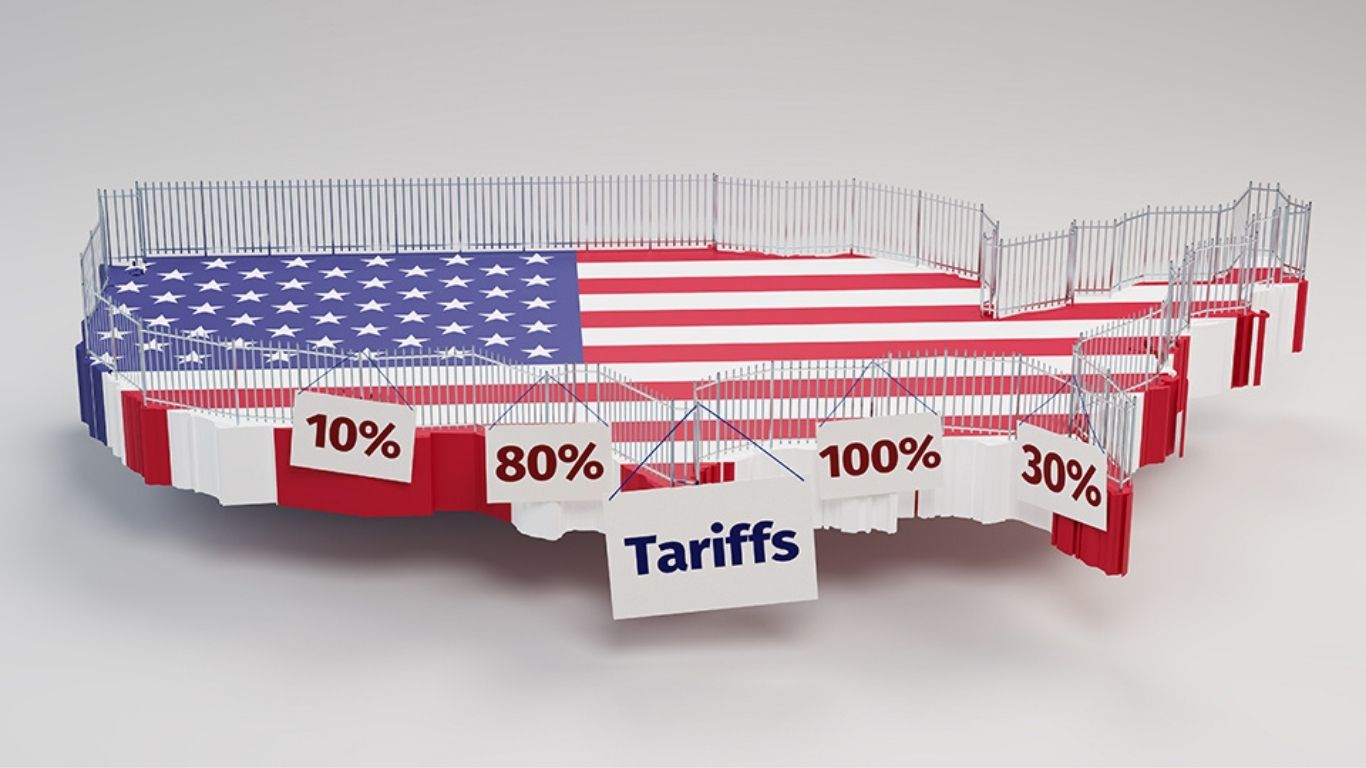On March 26, 2025, President Donald Trump announced a bold 25% tariff on all cars and car parts entering the United States, effective April 2. This move ramps up an ongoing global trade war, shifting the current 2.5% base rate to a steep 25%. Signed via executive proclamation in the Oval Office, the tariff targets not just foreign-made vehicles but also critical components like engines and transmissions. Here’s a clear breakdown of what’s happening, why it matters, and what could come next.
Tariff Details and Exceptions
The tariff applies broadly, but there’s a temporary carve-out. Parts and vehicles from Canada and Mexico that meet the United States-Mexico-Canada Agreement (USMCA) rules will dodge the hike—until the U.S. Customs and Border Protection sets up a system to enforce tariffs on non-USMCA-compliant goods. A White House spokesperson confirmed this on X, signaling a grace period that could end soon. Trump hinted at further increases, dubbing April 2 “Liberation Day” for possible broader tariffs on multiple countries.
Trump claims he’s consulted the Big Three automakers—Stellantis, Ford, and General Motors. “If they have factories here, they’re thrilled,” he said, suggesting companies without U.S. plants will need to build them fast. This follows their successful push earlier this month to exempt USMCA-compliant goods from a prior 25% tariff threat.
Automakers Saw It Coming
The auto industry isn’t blindsided. A CNN source from one of the Big Three, speaking anonymously, said they’ve been bracing for this since Trump’s trade rhetoric heated up. “April 2 was always on our radar,” the executive noted, though they admitted Trump’s unpredictability keeps them guessing.
Global Pushback Brewing
World leaders aren’t staying quiet. European Commission President Ursula von der Leyen slammed the tariffs but said the EU will hold off on retaliation—for now. “We’ll assess this alongside other U.S. moves,” she stated, hinting at a calculated response. Meanwhile, Ontario Premier Doug Ford urged Canada to hit back hard. Posting on X, he said he’s aligned with Prime Minister Carney on “firm, united” retaliatory tariffs, signaling Canada won’t flinch.
Car Prices Set to Soar
Experts warn this tariff will jack up car prices fast. Since no car is 100% “American-made”—even U.S.-built vehicles rely heavily on parts from Mexico and Canada—the cost to produce them could jump $3,500 to $12,000 per vehicle, per the Anderson Economic Group. The U.S. counts Canadian parts as “domestic,” but even then, no car hits 75% North American content.
For decades, the North American auto industry has operated as one giant market, thanks to free trade deals like the USMCA. Parts crisscross borders multiple times before a car lands at a dealership. Tariffs could disrupt this, especially for cheaper models built in Mexico, like the Chevrolet Blazer or Honda HR-V. These might vanish from U.S. lots if automakers can’t profitably shift production stateside.
Even pricier models aren’t safe. Heavy-duty Ram trucks and some Chevrolet Silverados, assembled in Mexico, could see price hikes or production delays. Switching factories to the U.S.? That’s a years-long process.
Ripple Effects Across Borders
In 2024, Mexico built 4 million vehicles, sending 2.5 million to the U.S., while Canada produced 1.3 million, with 1.1 million crossing south, per S&P Global Mobility. Major players like Toyota, Honda, and Volkswagen all have stakes in these plants. But it’s not just foreign workers at risk. U.S. parts suppliers, employing 550,000 people, shipped $35.8 billion to Mexico and $28.4 billion to Canada last year. If tariffs choke demand, these jobs could take a hit.
The U.S. also exported $14.9 billion in cars to Canada and $4.6 billion to Mexico. Retaliatory tariffs from those nations could slow U.S. assembly lines, with Cox Automotive estimating 20,000 vehicles a day—30% of North American output—might stall.
What’s Next?
Trump’s tariff gambit aims to boost U.S. manufacturing but risks higher prices, fewer choices, and trade retaliation. Automakers, consumers, and global partners are now in wait-and-see mode as April 2 looms. Will this spark a factory boom or a trade war bust? The clock’s ticking.




